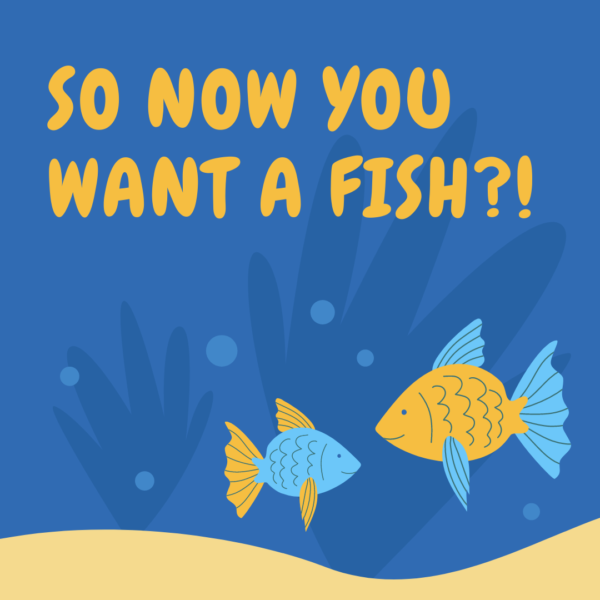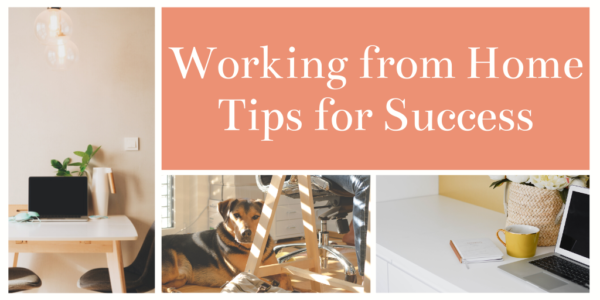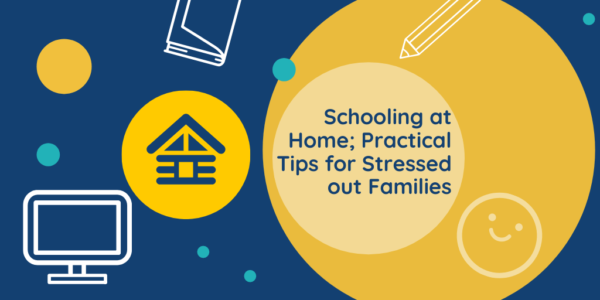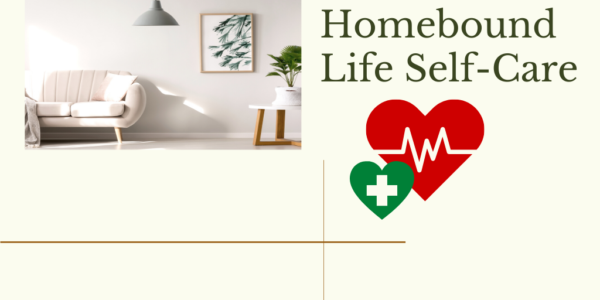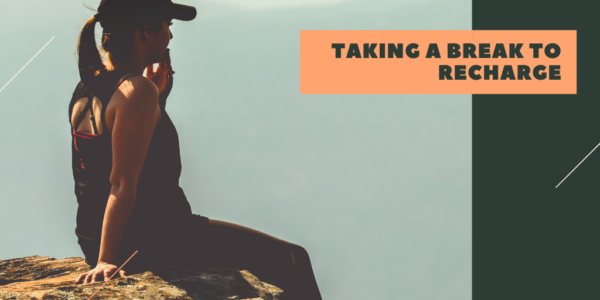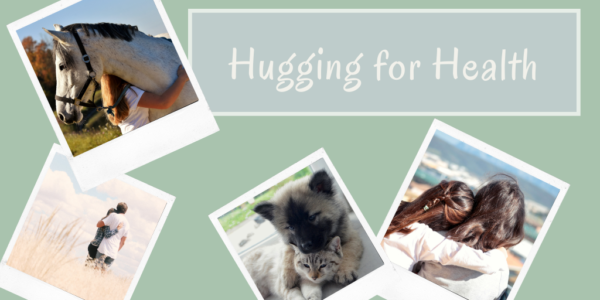As some of us continue to endure the ‘same old – same old’ of quarantine, it is natural for our minds to meander in directions that never had an arrow before. If we’re bored, lonely or feeling useless, we may entertain the thought of having a pet. Dogs and cats are out – no room/no time – but what about a fish!? YES… Now you want a FISH!

We love our pets! Over 65% of Americans have pets. The most common pets are cats, then dogs and many other variety of species ranging from birds to horses; and everything in between. No matter the species, we humans tend to humanize our pets — we see them as having similar characteristics to us. We respond and relate to their personalities – whether they’re sweet and cuddly, or unpredictable little rascals. When they verbalize, we talk back to them. When we talk to them, we assume they understand every word.
Across the board, we relate to pets as members of our family. Which brings up a curious question for those who have fish as their pet of choice. Because a fish does not vocalize or have the ability to cuddle, how does one relate to a fish???
Fish are the ideal pet for those who are away from home during the day. You don’t have to worry about fish disturbing the neighbors or barking at the UPS driver. Best of all you don’t have to feel guilty that you left them alone all day, or worry that they will eat your shoes out of boredom.
Fish are gentle pets. They glide around their underwater lair, tails swaying to and fro, creating a soothing, hypnotic effect. If you’ve ever watched fish swim in a tank for a while, you will notice how you just seem to be drawn into their gentle rhythm. Because they provide a consistent presence of calm, fish owners very often view a fish tank as one would view a TV screen., but with very different results.
What do we know of fish? Do they just swim around all day, aimlessly avoiding that skeleton that pops up from the treasure chest?
Fish are smart! They remember which end of the tank their feeding occurs. When you tap on the tank, not only can fish hear you, they can see you as well – in color! Yes, call your fish by name when you’re at the tank, and they’ll learn to respond. Fish have individual personalities. The more you relate to them, the more they will relate to you.
Fish are social and like the company of other fish. So 2 or more other fish is recommended so your fish doesn’t get too bored. And if you’re lucky, they’ll go nose-to-nose with you when you put your face up to the tank.
So if you’ve been craving a pet, but have allergies, limited budget, limited time or fussy neighbors, consider some fish. Pick out a decent size tank (remember – most fish come from an ocean or lake); pop in some lovely rocks and fauna and whatever else catches your fancy. Give them lovable names and encourage them to be their cute little selves.
We are all being called to do extraordinary things for the collective caring of our families, communities and the world in response to the unique coronavirus pandemic. Whether home bound or providing critical services, everyone is stretched to adapt like never before. All of us are in this together. Now more than ever, caring is what we need most. Caring for our self. Caring for others around us. Life is going to require new routines, resilience and compassion. We invite you to join us in creating a caring movement to respond to local needs.
Would you like to read more about UCA caring resources and products? We have other blogs on Unified Caring Association and our products, caring in our communities, and caring the UCA way!

